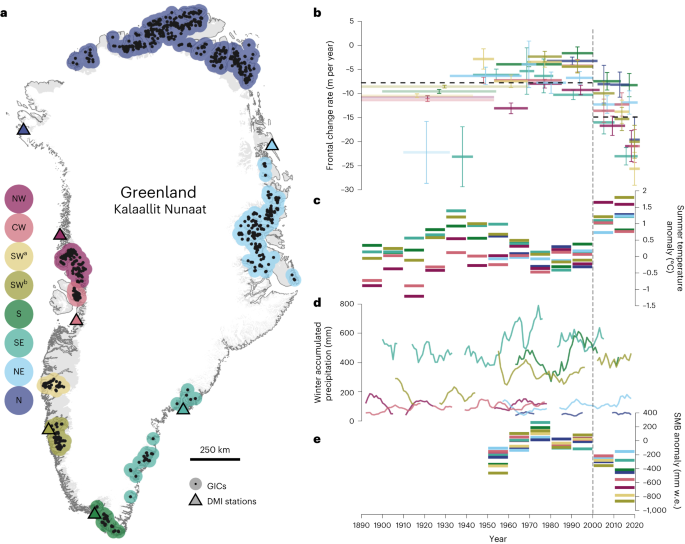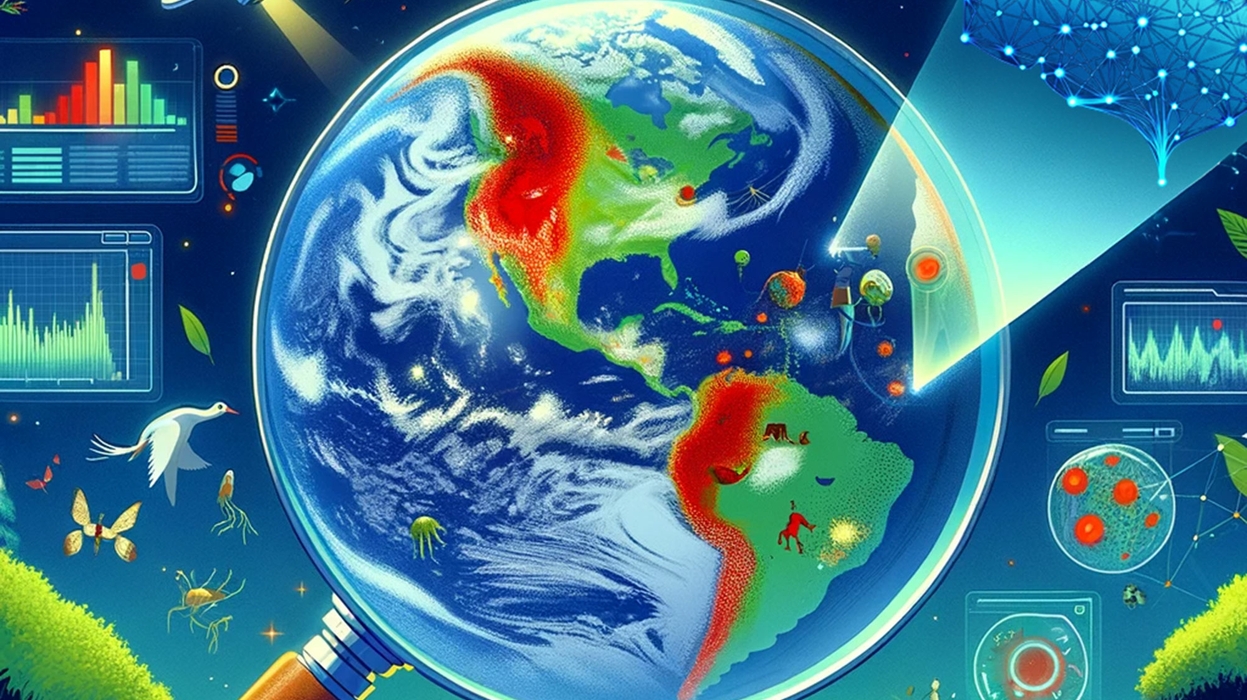2023-11-09 マサチューセッツ大学アマースト校
◆1匹のローティファーが1日に34.8万~36.6万個のナノプラスチックを生成し、中国の最大淡水湖である鄱陽湖では1日に13.3クワドリリオン個の粒子を作り出していることが計算されています。これにより、環境中に無数のナノプラスチックが存在することが明らかになりました。
◆ナノプラスチックは、微小ながら表面積が増え、より反応性が高く、微小プラスチックよりも人や他の生物の健康に悪影響を及ぼす可能性があります。マイクロプラスチックに注目が集まっている一方で、ナノプラスチックについてはほとんど研究されておらず、生成方法や存在数について明確な情報がないのが現状です。
<関連情報>
- https://www.umass.edu/news/article/zooplankton-ocean-and-freshwater-are-rapidly-escalating-global-environmental-threat
- https://www.nature.com/articles/s41565-023-01534-9
水生生態系におけるワムシによるマイクロプラスチックの断片化は、世界的なナノプラスチック汚染に寄与する Microplastic fragmentation by rotifers in aquatic ecosystems contributes to global nanoplastic pollution
Jian Zhao,Ruyi Lan,Zhenyu Wang,Wenli Su,Dongpo Song,Runze Xue,Zhuomiao Liu,Xia Liu,Yanhui Dai,Tongtao Yue & Baoshan Xing
Nature Nanotechnology Published:09 November 2023
DOI:https://doi.org/10.1038/s41565-023-01534-9

Abstract
The role of aquatic organisms in the biological fragmentation of microplastics and their contribution to global nanoplastic pollution are poorly understood. Here we present a biological fragmentation pathway that generates nanoplastics during the ingestion of microplastics by rotifers, a commonly found and globally distributed surface water zooplankton relevant for nutrient recycling. Both marine and freshwater rotifers could rapidly grind polystyrene, polyethylene and photo-aged microplastics, thus releasing smaller particulates during ingestion. Nanoindentation studies of the trophi of the rotifer chitinous mastax revealed a Young’s modulus of 1.46 GPa, which was higher than the 0.79 GPa for polystyrene microparticles, suggesting a fragmentation mechanism through grinding the edges of microplastics. Marine and freshwater rotifers generated over 3.48 × 105 and 3.66 × 105 submicrometre particles per rotifer in a day, respectively, from photo-aged microplastics. Our data suggest the ubiquitous occurrence of microplastic fragmentation by different rotifer species in natural aquatic environments of both primary and secondary microplastics of various polymer compositions and provide previously unidentified insights into the fate of microplastics and the source of nanoplastics in global surface waters.



